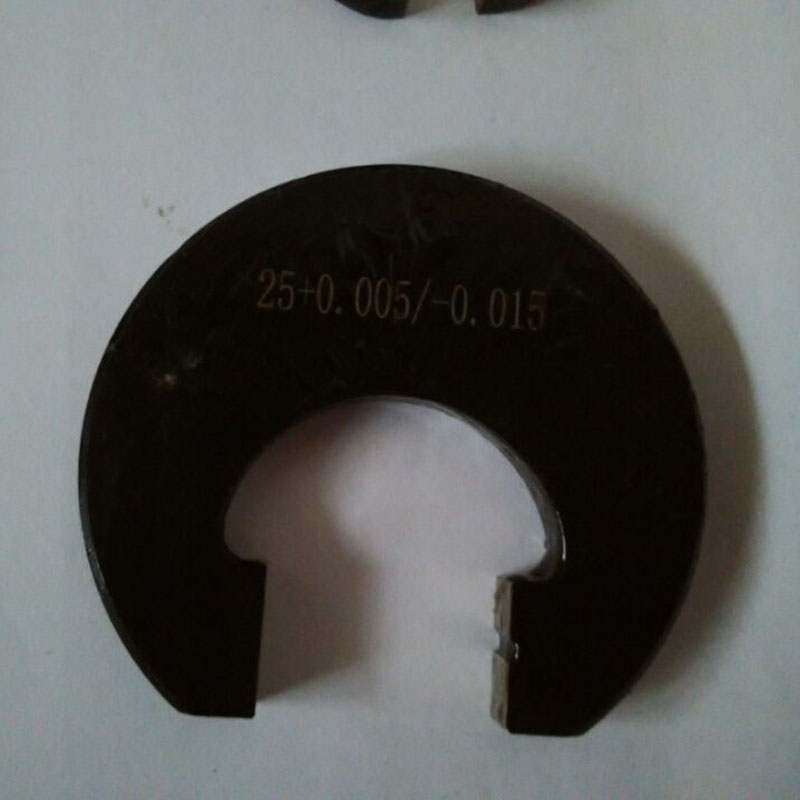డిసెం . 04, 2024 16:20 Back to list
different types of ball valves
Different Types of Ball Valves A Comprehensive Guide
Ball valves are essential components in various industrial applications, known for their reliability, durability, and efficiency in controlling the flow of liquids and gases. They operate using a spherical disc, or a ball, which pivots within the valve body to open or close the flow path. Ball valves are available in several types, each designed for specific functions and applications. This article will explore the different types of ball valves, their features, and suitable applications.
1. Floating Ball Valves
Floating ball valves are the most common type. In this design, the ball is not fixed in place but floats within the valve body. When the valve is closed, the ball is pressed against the seat by the pressure of the medium flowing through the valve, creating a tight seal. Floating ball valves are typically used in lower-pressure applications and are ideal for zoning and diverting flow. Their simplicity and low cost make them a popular choice in many industries, including water treatment, oil and gas, and food processing.
2. Trunnion Ball Valves
Trunnion ball valves feature a fixed ball that is supported by trunnion pins, which allow the ball to pivot within the valve body. This design provides additional stability and is suitable for high-pressure applications. Trunnion ball valves are commonly used in oil and gas pipelines, chemical processing, and large-scale industrial operations. They can handle higher flow rates and are less affected by pressure changes, making them ideal for applications requiring precise control.
V-port ball valves have a specially shaped 'V' notch cut into the ball. This design allows for better flow control compared to standard ball valves. The V-port enables a more linear flow characteristic, making it easier to regulate flow rates in applications such as water treatment, heating systems, and various chemical processes. These valves are particularly beneficial in throttling applications where fine control is necessary.
4. Full-Bore Ball Valves
different types of ball valves

Full-bore ball valves feature a ball that is the same diameter as the pipe, allowing for unrestricted flow when the valve is open. The design minimizes pressure drops and ensures maximum flow efficiency, making this type of valve ideal for applications that require full flow capacity, such as in water and waste management systems, oil and gas transportation, and high-flow industrial systems. Their ability to clean debris and sediment while maintaining a high flow rate adds to their practicality.
5. Reduced-Bore Ball Valves
As the name suggests, reduced-bore ball valves have a smaller ball diameter compared to the pipeline diameter. This design can result in pressure drops and reduced flow efficiency. However, they are often more compact and less expensive than full-bore valves, which can make them a suitable choice for applications where space and cost are primary concerns. Reduced-bore ball valves are commonly used in applications requiring frequent on/off operations but do not demand high flow rates.
6. Metal-Seated Ball Valves
In harsh environments and high-temperature applications, metal-seated ball valves are preferred due to their durability and resistance to wear. These valves have a ball and seat made from metal materials, which allow them to withstand extreme conditions. They are often used in industries such as oil and gas, mining, and power generation, where high pressures and temperatures can compromise other types of sealing materials.
7. Soft-Seated Ball Valves
Soft-seated ball valves use elastomeric materials like PTFE or rubber for their seats, providing excellent sealing capabilities and low torque requirements. They are suitable for a wide range of temperatures and pressures but may not be suitable for extremely high temperatures or aggressive chemicals. Soft-seated ball valves are widely used in the chemical industry, HVAC systems, and even in potable water applications due to their reliable sealing properties.
Conclusion
Understanding the different types of ball valves is crucial for selecting the right valve for specific applications. Each type of ball valve offers unique features tailored to certain operational needs, from floating to trunnion designs, each serving distinct purposes in various industries. Whether the application requires high flow efficiency, precise control, or durability, there is a ball valve suited to meet those demands. When choosing a ball valve, it is essential to consider factors such as pressure, temperature, medium type, and the specific application to ensure optimal performance and longevity.
-
Why Metric Trapezoidal Thread is Ideal for Precision Motion ControlNewsAug.05,2025
-
The Unique Properties of a Block of Granite for Industrial UseNewsAug.05,2025
-
The Role of Flanged Y Strainers in Preventing Pipeline ClogsNewsAug.05,2025
-
The Importance of Regular Calibration for Master Ring GagesNewsAug.05,2025
-
How a Cast Iron Surface Table Enhances Accuracy in ManufacturingNewsAug.05,2025
-
Comparing Different Check Valve Types for Optimal Flow ControlNewsAug.05,2025
Related PRODUCTS









